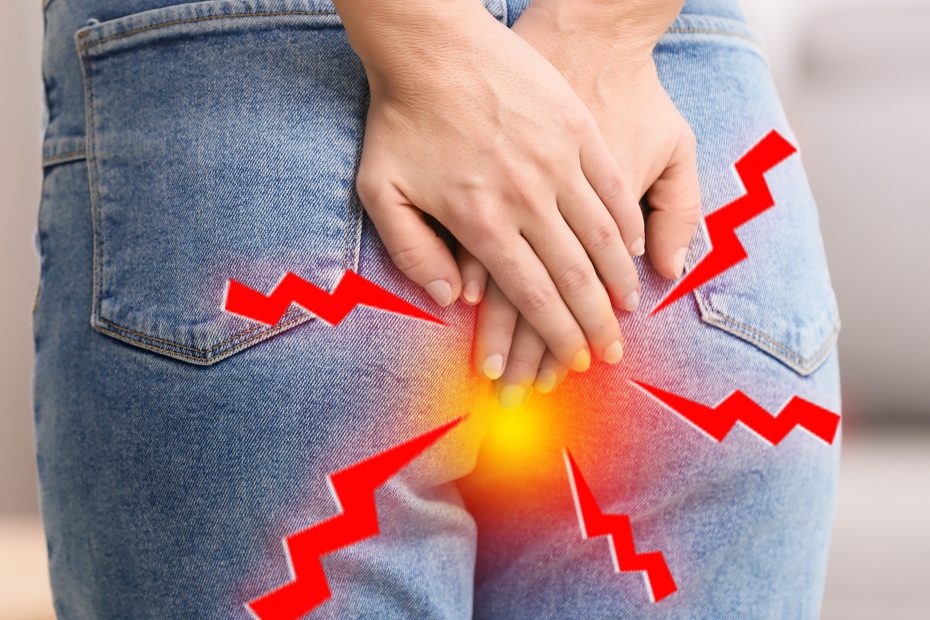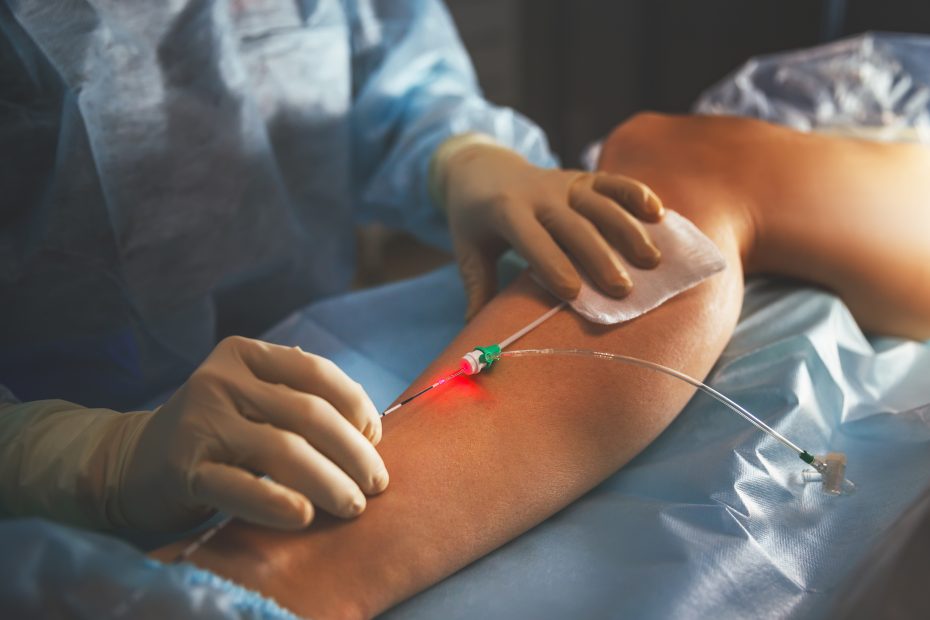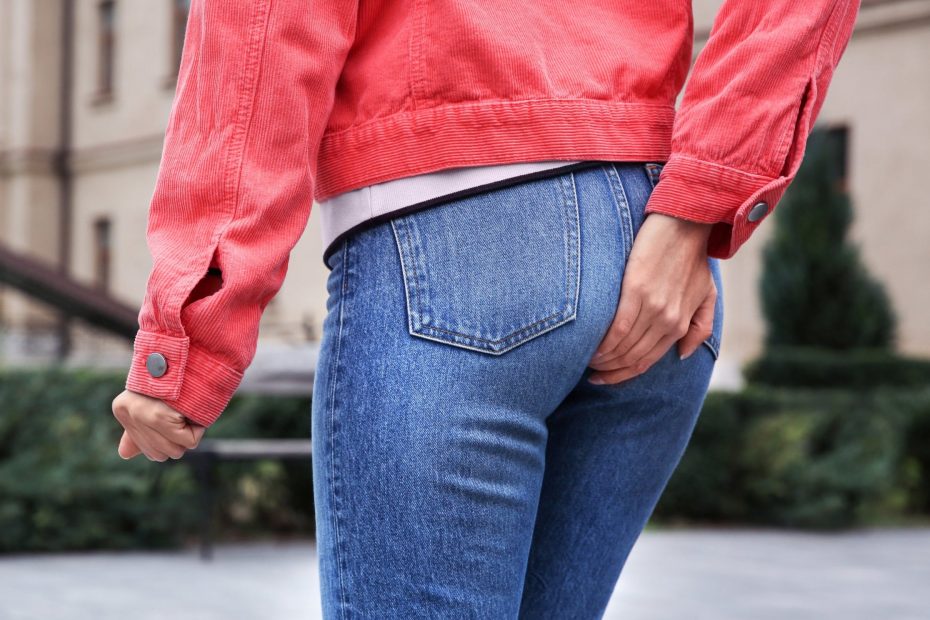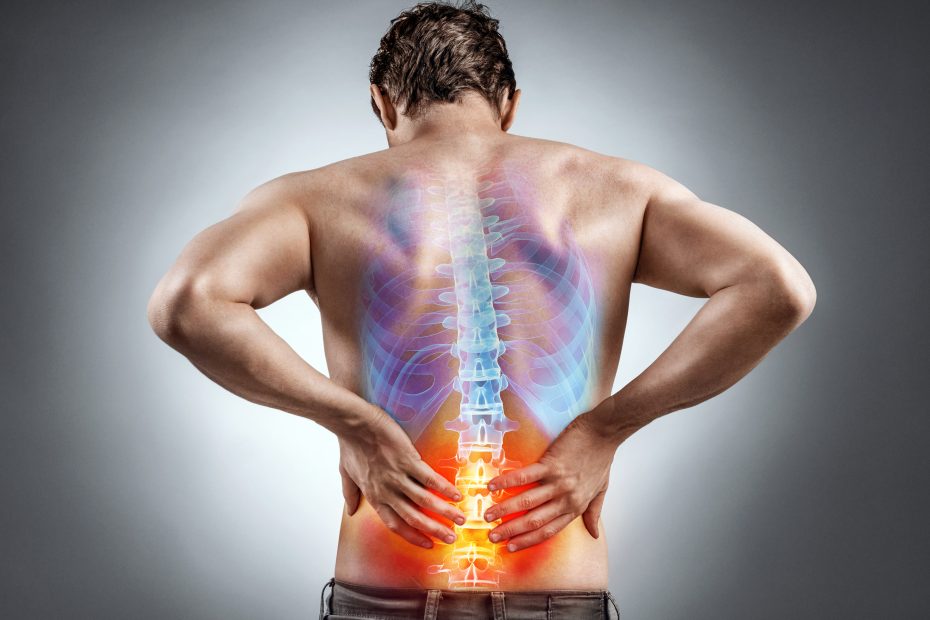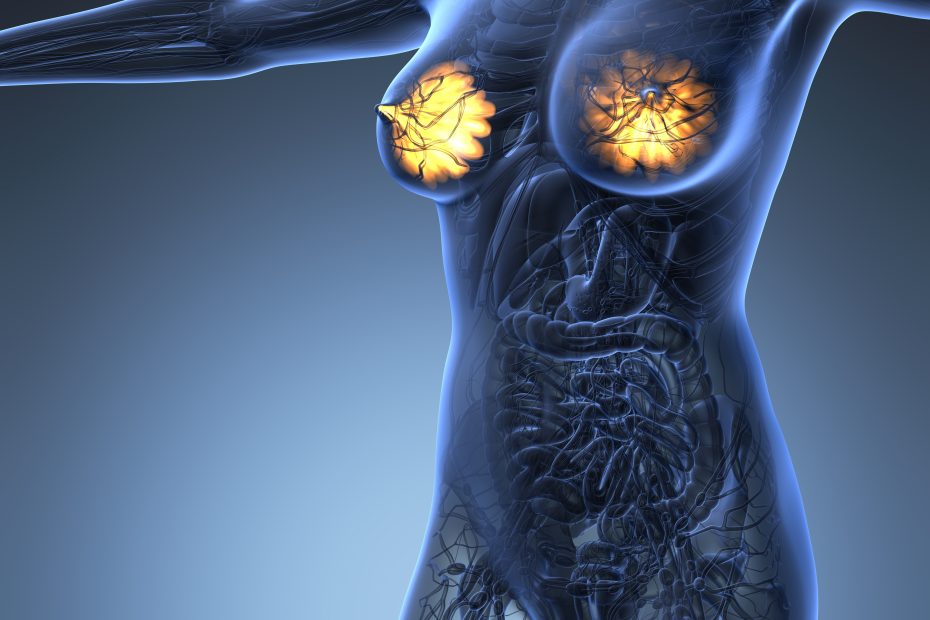HAEMORRHOIDS – mankind has known this disease for centuries and treatment attempts have been recorded as early as 1700BC in Egyptian papyrus.
What are haemorrhoids? In their normal state, they are anal canal cushions that help with stool control. They become a disease when swollen or inflamed.
Hemorrhoids, also called piles or figs, are swollen vascular cushions in your anus and lower rectum, similar to varicose veins.
Hemorrhoids can develop inside the rectum (internal hemorrhoids) or under the skin around the anus (external hemorrhoids).
Certain factors increase the risk of haemorrhoids including constipation or prolonged straining, eating a low fibre diet, sitting for long periods of time on the toilet and diarrhea.
Being obese, pregnant, having a job with long periods of standing/regular heavy lifting, ageing, portal hypertension and having anal intercourse are also risk factors.
SYMPTOMS
Most internal haemorrhoids are asymptomatic and most patients don’t even know they have Grade 1 or Grade 2 haemorrhoids. They only realise they have haemorrhoids when they become symptomatic. The most common symptom is painless, bright red rectal bleeding when defecating. There is dripping blood after passing motion and the blood is not mixed with the stool but comes after defecation. There will also be itching or irritation in the anal region.

Certain factors increase the risk of haemorrhoids. Picture: Designed by jcomp / Freepik.
TREATMENT
Laser surgery is a new and very effective therapy. It is very effective in 2nd and 3rd degree piles and an excellent modality for recurrent haemorrhoids after previous open surgery or stapler surgery and in young patients suffering from haemorrhoid symptoms.
A 2mm diameter laser probe is inserted perianally into the haemorrhoids tissue and when activated, causes a 4mm coagulation zone causing the haemorrhoids blood vessels to coagulate and shrink, leading to fibrosis and further shrinkage of the haemorrhoids tissue.
The patient is usually discharged the day after the procedure and will be on medical leave for three days. Most patients are back to work after that.
In view of the fast recovery, there is no need for workplace adjustments to be made or extended leave after surgery.
After surgery, diet management is important. It’s highly recommended to consume high fibre food like fruits and vegetables daily. Cut down on meat intake to twice a week and drink at least two litres of water daily to prevent constipation.

Consume plenty of fruits and vegetables for a high fibre diet. Picture: signed by Onlyyouqj / Freepik.
What every patient needs to understand is that haemorrhoids can never be cured and will always come back. But it will take much longer to come back if surgery has been done.
Conservative management with oral medication and rectal suppositories will only provide temporary relief over a few weeks or months in late stage haemorrhoids.(Stage 3 or 4).
*The writer is a consultant general surgeon, (with special interest in laparoscopic surgery/minimal access surgery) at Pantai Hospital Penang.

